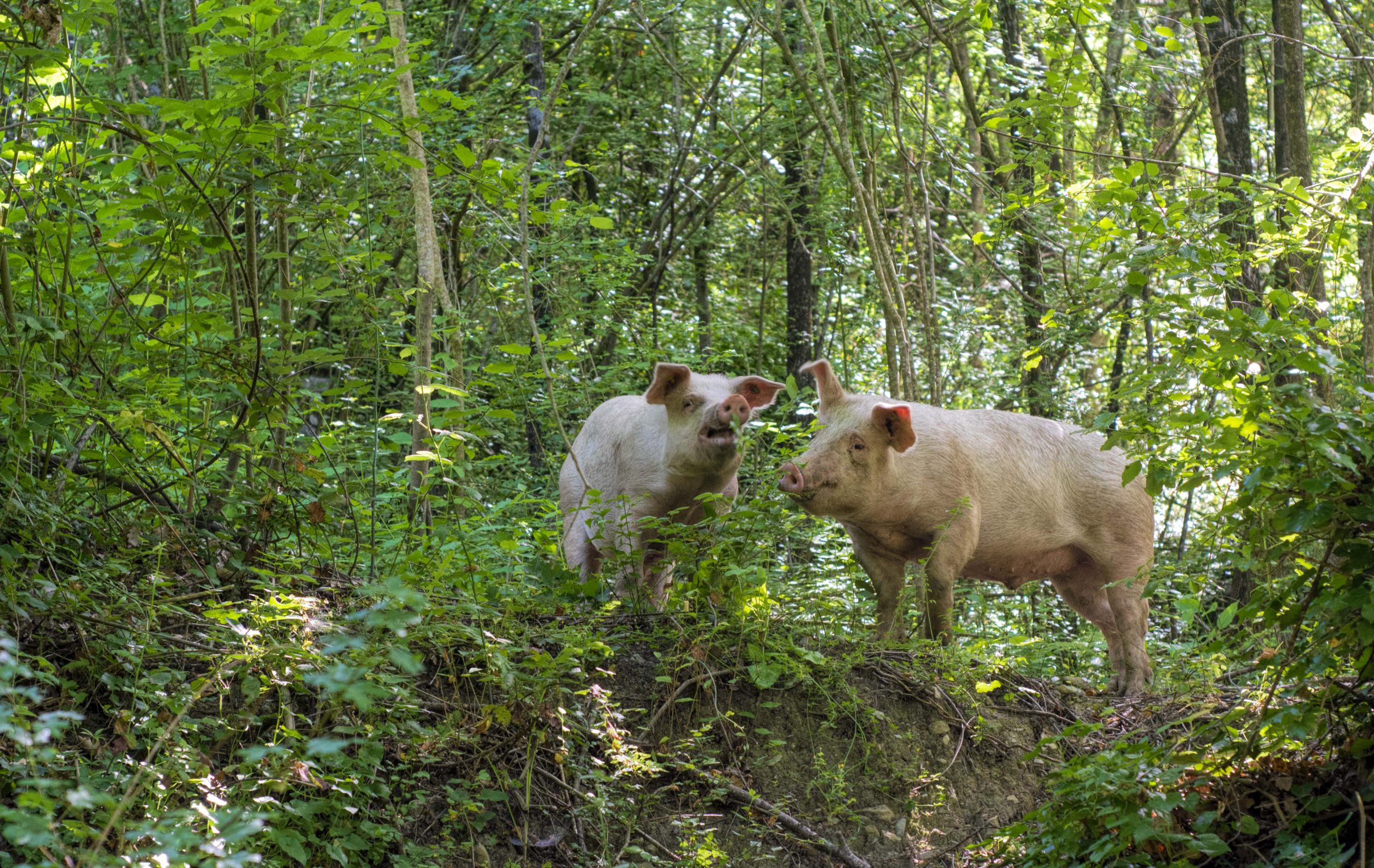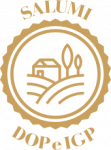
THE WINNERS
Organic Cured Meat
If we were to trace the parting moment in the history of organic farming, this would be the turn of the millennium.
THE WINNERS
Organic Cured Meat
If we were to trace the parting moment in the history of organic farming, this would be the turn of the millennium.
Since 2000, following the approval of specific EU regulations, the first ‘organic’ pig farms have been established, in line with the Animal Welfare standards already adopted by the Anglo-Saxon world, which provide for a sensitivity to the quality of life of the animal, whose breeding must mimic the most ‘natural’ possible state of things.
The same activity of disease prevention, administered in passive form through the extensive use of medicines and antibiotics, has finally been standardized and regulated, providing for the animals breed according to this sensitivity, an equally organic diet. The breeder, however, is left free to decide which breeds to raise.

Whether they are Large White, Danish Landrace or indigenous black breeds, the regulations in force deal mainly with the minimum standards to be observed in order for the breeding farm to obtain the Organic Certification, leaving the breeder free to exceed these standards and, in the best of cases, to even improve them. Moreover, in the organic cured meat production chain in Italy, there are certified slaughterhouses and cured meats factories, some of which provide for the direct breeding of pigs in an organic regime, or to control other farms in ‘agistment’ agreements. It goes without saying that the meat obtained following these precepts of care and sensitivity towards the animal will be a meat with a higher cost, as are the greater guarantees it offers to the consumer. Like any supply chain, however, it is affected by the demand of the consumer who, by choosing these products instead of others, makes a real ethical and, consequently political choice. The elevated operating and management costs will thus be offset by a demand that, we hope, will be increasingly sensitive to these factors.
Learn more about the project

If we were to trace the parting moment in the history of organic farming, this would be the turn of the millennium.

Cutting is one of the oldest workers association associated to the art of cured meats.

This section collects haute cured meat products that are little known due to their small production but which are worth looking for.

To defend the typicality of certain food products, the EU has established two levels of denomination: PDO and PGI.

Our research work also analyzes the best locations in Italy where to taste selected and sought-after cured meats, proposed and spoken about with passion.
